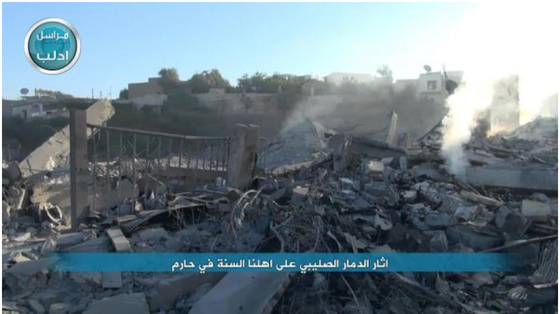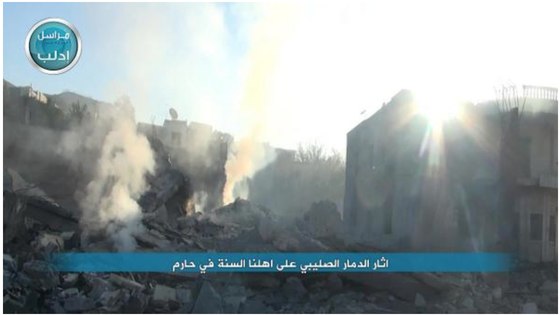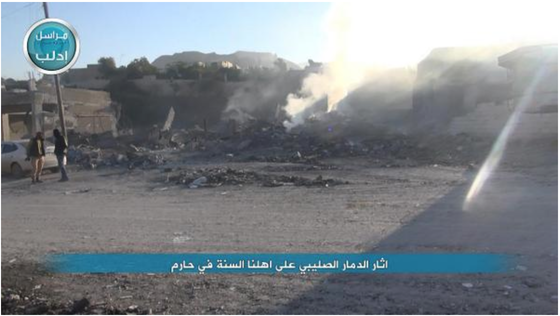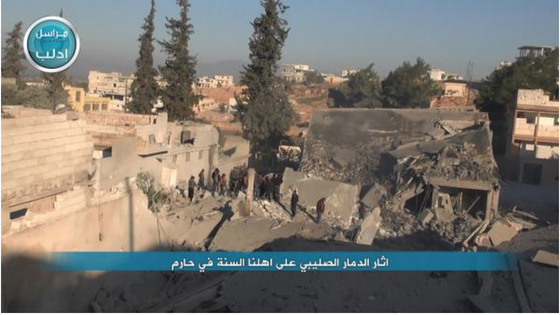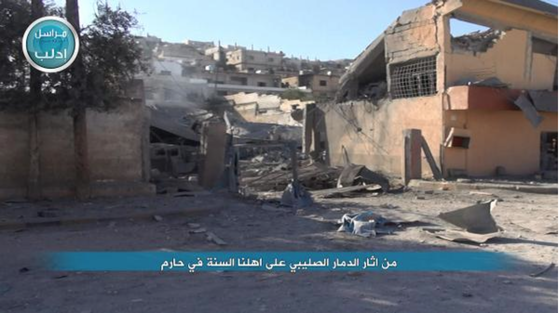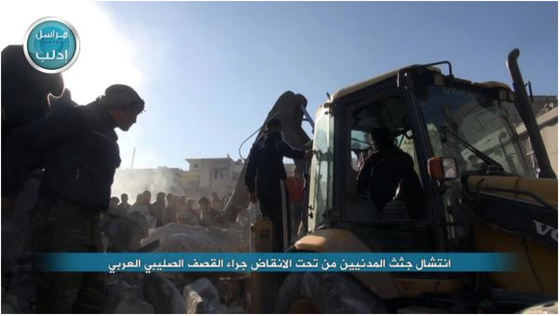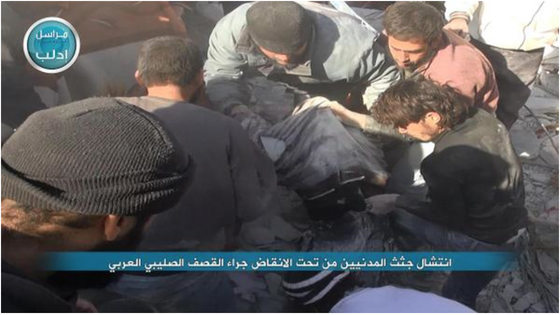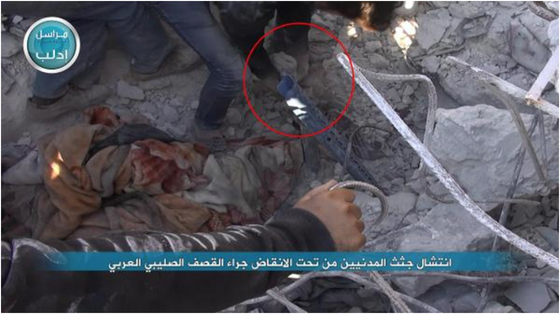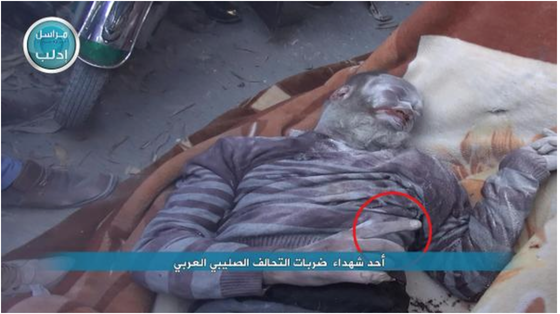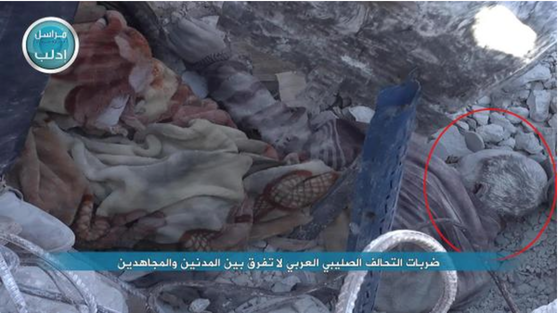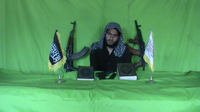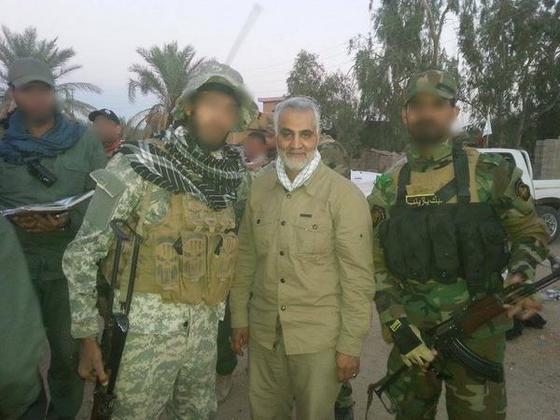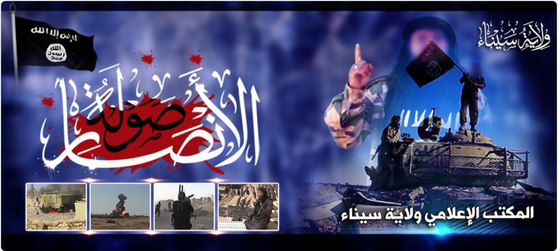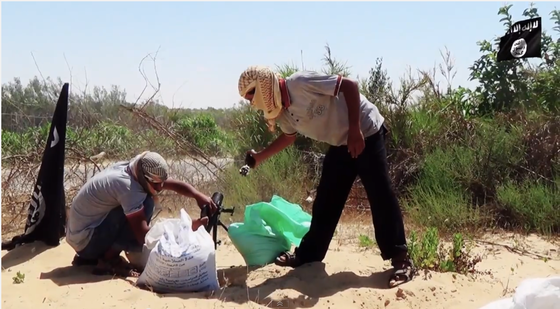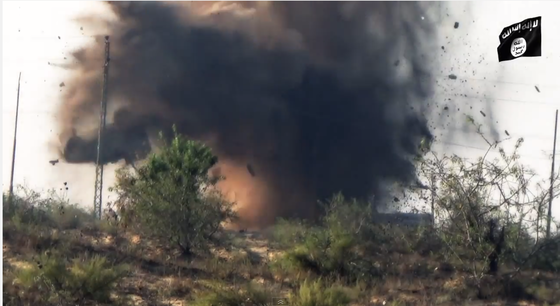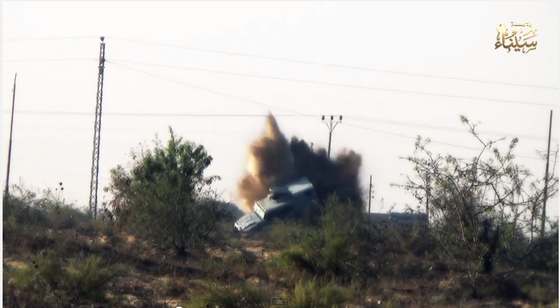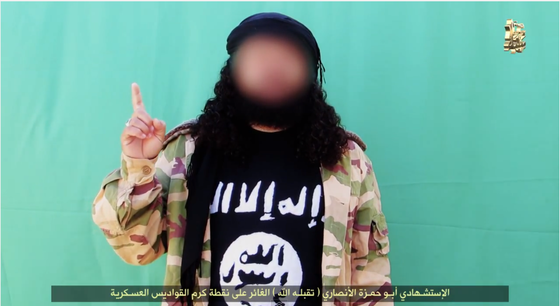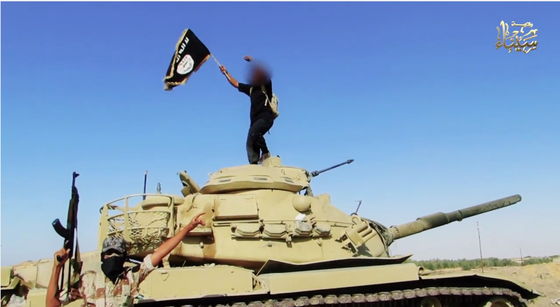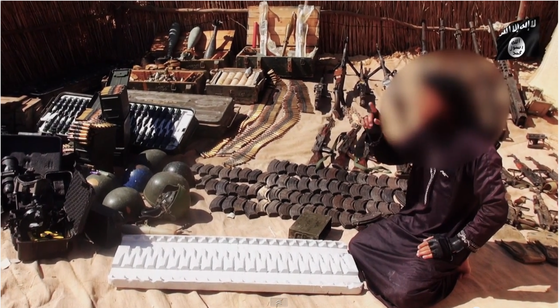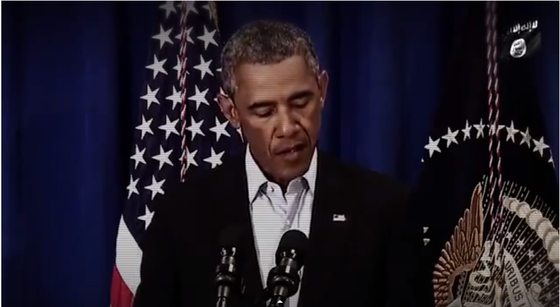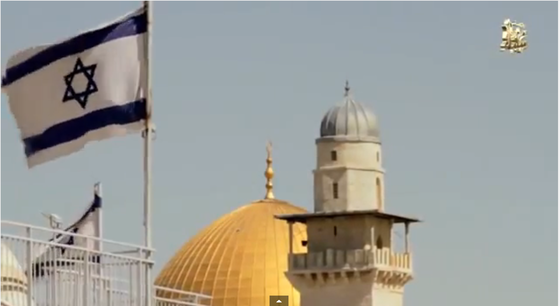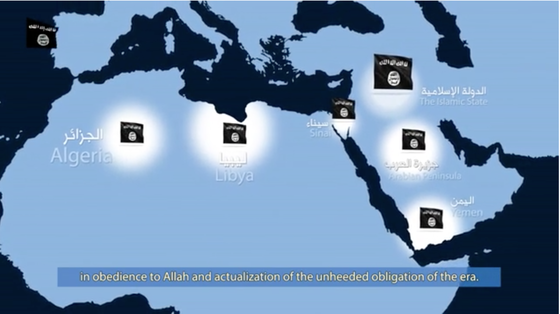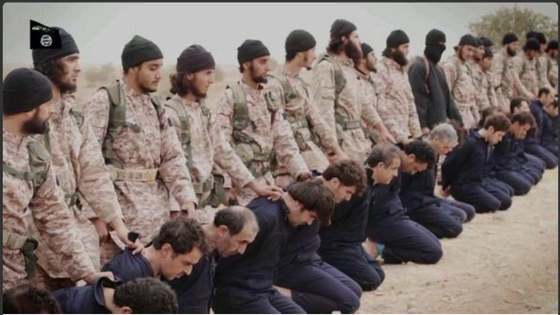The spokesman for al Qaeda in the Indian Subcontinent (AQIS), Usama Mahmood, has released a statement calling on all Muslims, including rival jihadist organizations in Syria, to unite against the US.
The statement, titled "American Aggression on Iraq and Syria...O! Muslims Unite for the Guardianship of Al-Haram," is dated Oct. 15 but was not released via Mahmood's official Twitter feed until Nov. 3.
"The attack on Iraq and Syria is not against a particular group or organization," the AQIS message reads, "instead it's an attack on [the] entire Ummah [worlwide community of Muslims] aiming to terminate every Islamic and Jihadi movement which aims to stand against the tyranny and believes in the establishment of Shari'ah."
The statement continues: "The objective of this attack is the defence of Israel, protection of the global rule of tyranny and the subjugation of the Muslims."
"Once again we call upon the Muslims worldwide to stand in support of the Mujahidīn against the American coalition and join this fard-al-ayn (absolute obligation of) Jihad to gain freedom, to protect their Deen, to guard their holy places and to establish the supremacy of Shari'ah," Mahmood's statement reads.
The AQIS spokesman addresses all of the jihadists in Iraq and Syria, saying that the only way the US can be defeated is if they unite. The Islamic State, led by Abu Bakr al Baghdadi, has been fighting against the Al Nusrah Front, al Qaeda's official branch in Syria, as well as other jihadists, since last year. Mahmood does not name the Islamic State, which was disowned by al Qaeda's general command in February, or the Al Nusrah Front, but his message is clearly aimed at them and other jihadists.
"Also our message to the Mujahidīn of Iraq and Syria is that the elimination of American aggression is concealed in the brotherhood and union of all the Jihadi groups and organizations, reversion towards Allah (swt) and in fighting against this infidel coalition in firm ranks," Mahmood writes.
AQIS is the newest branch of al Qaeda's international organization. Al Qaeda emir Ayman al Zawahiri and other al Qaeda leaders announced the establishment of the group in early September. Shortly thereafter, AQIS claims to have attempted an audacious attack on Pakistani warships.
Mahmood's statement is the latest indication that al Qaeda is attempting to use the US-led coalition's airstrikes in Iraq and Syria to bring an end to the jihadists' infighting.
Al Qaeda in the Arabian Peninsula (AQAP), a regional branch of al Qaeda that is led by Nasir al Wuhayshi, who is also al Qaeda's global general manager, has repeatedly called on the rival jihadists to unite against their common enemies in the West. Al Qaeda in the Islamic Maghreb (AQIM), another branch of the global terrorist network, has joined AQAP in attempting to use the coalition's airstrikes as a basis for a jihadist truce.
Some of the Islamic State's fiercest al Qaeda-linked critics have also issued calls for unity. In late September, for example, a number of influential jihadists proposed a ceasefire between the Islamic State and its jihadist foes. The initiative was put forth by several well-known al Qaeda ideologues who have criticized the Islamic State in the past.
Critique of the Islamic State's caliphate
Even while calling for the jihadists to close ranks against the US, Mahmood implicitly critiques the Islamic State's claim to rule as a caliphate. When the Islamic State unilaterally announced its nascent caliphate in late June, the group demanded allegiance from all other Muslims. This caused further friction in the jihadists' ranks.
Mahmood lists "unity, brotherhood and cooperation" as the keys to "victory and success" when it comes to "the establishment of [the] caliphate."
Mahmood says the caliphate, which many jihadists say they are fighting to resurrect, must be "attributed with Shūra (mutual consultation)...based on the safety of wealth and blood of Muslims," and "a symbol of brotherhood and unity of Muslims."
In al Qaeda's view, the Islamic State's caliphate is none of these things. As AQIM officials pointed out in July, the Islamic State did not consult with recognized jihadist leaders before announcing its caliphate. And instead of leading to cooperation, the organization's land grab only exacerbated the tensions between Abu Bakr al Baghdadi's men and their counterparts in other jihadist groups.
Still, Mahmood argues, the jihadists' desire to resurrect an Islamic caliphate should lead them to focus on the West and its allies. "Therefore your guns should be pointed towards the enemy," Mahmood writes, immediately after describing what the caliphate should look like.
American "defeat" in Afghanistan, global jihad necessary
Mahmood concludes his statement by portraying the jihadists as the victors in Afghanistan. He also praises Mullah Omar, the head of the Taliban, for his leadership.
The AQIS spokesman gives "glad tidings of a humiliating defeat of America and its allies in Afghanistan and Khorasan after a period of thirteen years." For jihadists, the Khorasan is a region that covers much of Central and South Asia.
Mahmood says that the jihadists' victory "is a result of the blessed ongoing Jihad under the leadership of Amīr-ul-Mominīn Mullah Muhammad Umar Mujahid (may Allah protect him)." The title "Amīr-ul-Mominīn" means "Commander of the Faithful," a title that is usually reserved for the ruling caliph. Abu Bakr al Baghdadi has tried to usurp this title for himself.
Shortly after Baghdadi proclaimed himself to be "Caliph Ibrahim," al Qaeda reaffirmed its allegiance to Mullah Omar and released an old video of Osama bin Laden swearing bayat (an oath of allegiance) to the Taliban master. Thus, al Qaeda implies that Mullah Omar, not Baghdadi, is the rightful caliph.
AQIS emphasizes that while Afghanistan, Iraq, and Syria are all important, the US is a global entity and must be confronted as such. "We also want to remind the Mujahidīn everywhere in the world that our enemy is arrayed against the Muslim Ummah all over the world," Mahmood writes. "Its [America's and its allies'] interests are spread all over the world."
It is necessary "to pay full scale attention" to the front lines in "Syria and Iraq, Palestine and Afghanistan, Yemen and Somalia," Mahmood argues, but "targeting the interests of the enemy worldwide through the global movement of Jihad is the way of getting rid of this symbol of tyranny and violence."
Thus, AQIS wants the jihadists to unite against the US-led coalition, and to strike its interests anywhere they can.
